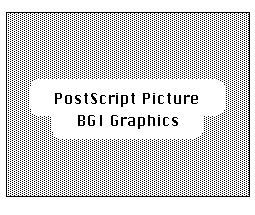
Experiments with single crystals of forsteritic olivine (Fo90) were completed to compare the length scales of the two processes of oxidation and hydroxylation in the direction normal to the surface. Crystals were reacted at pH 4 and pH 10; due to the U-shape of the olivine rate vs. pH curve, dissolution rates of olivine at pH 4 and 10 are nearly equal. X-ray absorption spectroscopic data (XANES and EXAFS) were obtained from these reacted surfaces in both glancing incidence and high angle modes. Glancing incidence mode is extremely sensitive to coordination changes within the uppermost 100 D of the surface while the high angle data corresponds to absorption much deeper in the sample. Therefore, XAS measurements of the same surface at two incident angles allow changes in coordination at the surface relative to the bulk to be determined. Figure 1 shows glancing incidence XANES data for the sample reacted at pH 4 compared with unoxidized (Fo90) and fully oxidized (hematite) reference compounds. The reacted sample shows a clear change in the near-edge peak shape corresponding to oxidation of surface Fe. High angle measurements on this pH 4 sample are identical to those at glancing incidence, suggesting that oxidation has affected Fe well below the uppermost 100 D. In Figure 2 the glancing incidence and high angle data for the sample reacted at pH 10 are compared. Here because of changes both in peak shape and energy, the data imply more extensive oxidation of Fe exposed in the outer few unit cells. However, in stark contrast to the pH 4 data, at high angle the sample spectrum shows little change relative to the olivine standard, indicating Fe oxidation has not occurred deeply below the surface.
Glancing incidence beams of moderate atomic weight ions can be used to recoil light atoms such as hydrogen from a surface and thereby measure concentration profiles (Casey et al., 1988). Hydrogen penetration profiles of both reacted samples and reference olivine have been measured by Elastic Recoil Detection Analysis (ERDA). Significantly higher concentrations of hydrogen were measured in the sample reacted at pH 4 relative to the standard and H concentrations are high as deep as 1000 D. The sample reacted at pH 10 has a lower H inventory than the standard. Thus, the X-ray and ion beam data imply that the length scales of hydroxylation and oxidation are linked.
Casey, W.H., Westrich, H.R. & Arnold G.W., Geochim. Cosmochim. Acta 52, 2795-2807 (1988).
Fig. 1: Fe XANES of unreacted Fo90 (heavy line), hematite (thin line), and Fo90 reacted at pH 4 (triangles).
Fig. 2: Fe XANES above (solid squares) and below (open squares) the critical angle of Fo90 reacted at pH 10.